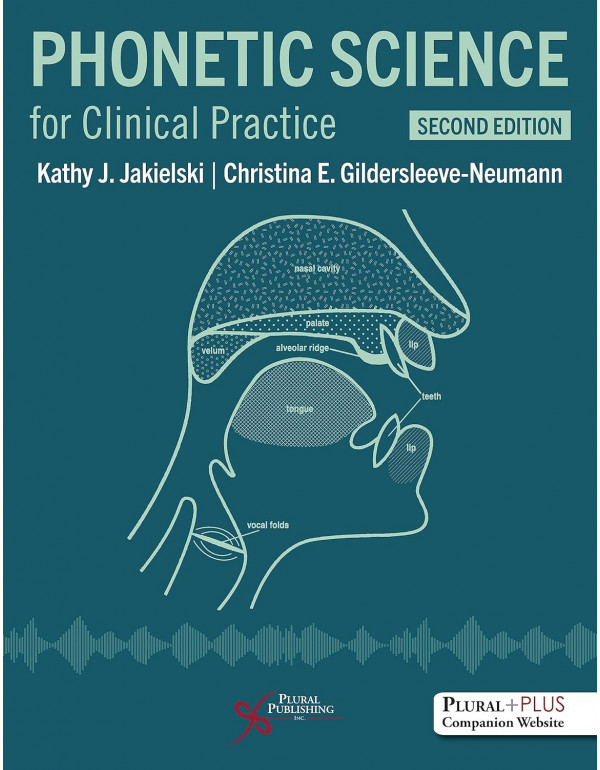Descriptions
science concepts covered in that chapter. By the end of the chapter, students will revisit the question and be asked to solve the problem posed. Students studying communication sciences and disorders, practicing speech-language pathologists, and audiologists will be more successful in their clinical work if they understand the science that underlies the tool of transcription. Each chapter also offers several diverse clinical examples to review the application of concepts covered.
Key Features
Focused on practical, clinical application and the information needed for clinical practice
“Did You Get It?” comprehension checks on the material throughout each chapter
“Applied Science” sections at the beginning and end each chapter to increase students’ curiosity about the topic of the chapter, concluding with real-world clinical solutions
Flashcards for phonetic transcription practice
New to the Second Edition
Transcription readiness quiz (Chapter 1) with accompanying tutorials
New information about disordered speech and developmental speech errors that affect consonants (Chapter 7) and new section about developmental speech errors that affect vowels (Chapter 8)
12 new audio case studies that students can use to practice transcribing errors in typical speech development
12 new video case studies that students can use to practice transcribing disordered speech
Quiz for students who have previously completed a phonetics course, so instructors can assess their retention of phonetics knowledge and skills

